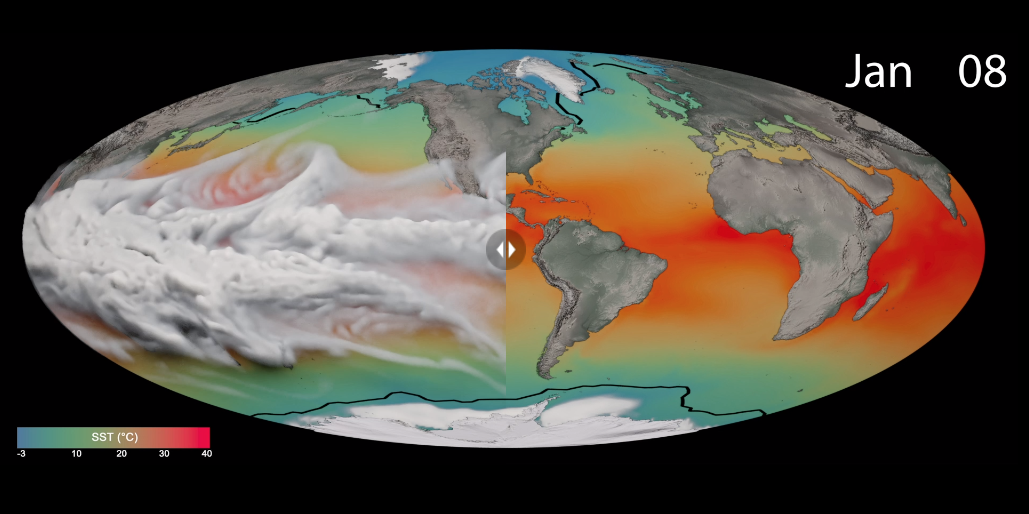Visualizations enable us to detect patterns and trends in complex data sets, that might not be obvious by looking at the raw data alone. The visual exploration process often requires comparisons between multiple visualizations, either from the same dataset (E.g. different variables) or a different one, to identify relationships and compare patterns. The existing tools…
Read moreAuthor: VAST Staff
F5 Tornado in CM1
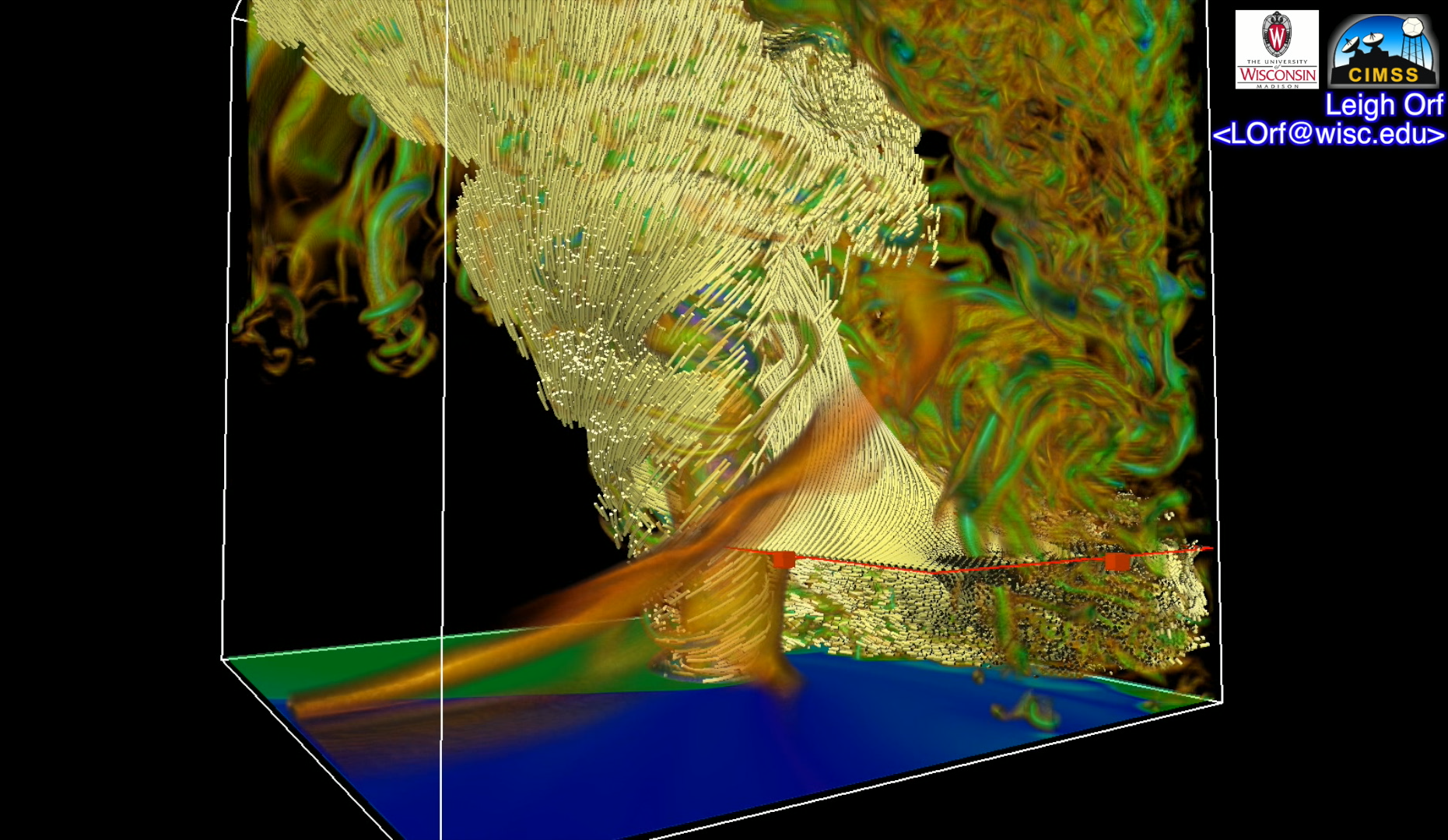
A simulation of an F5 tornado produced by Cloud Model 1 (CM1). Movies Quicktime Movie File (1920×1080, 2.57 GB) Images Science and Visualization Credits Leigh Orf, University of Wisconsin Madison. Model CM1. Visualization Software VAPOR
Read morePlanetary Boundary Layer Height
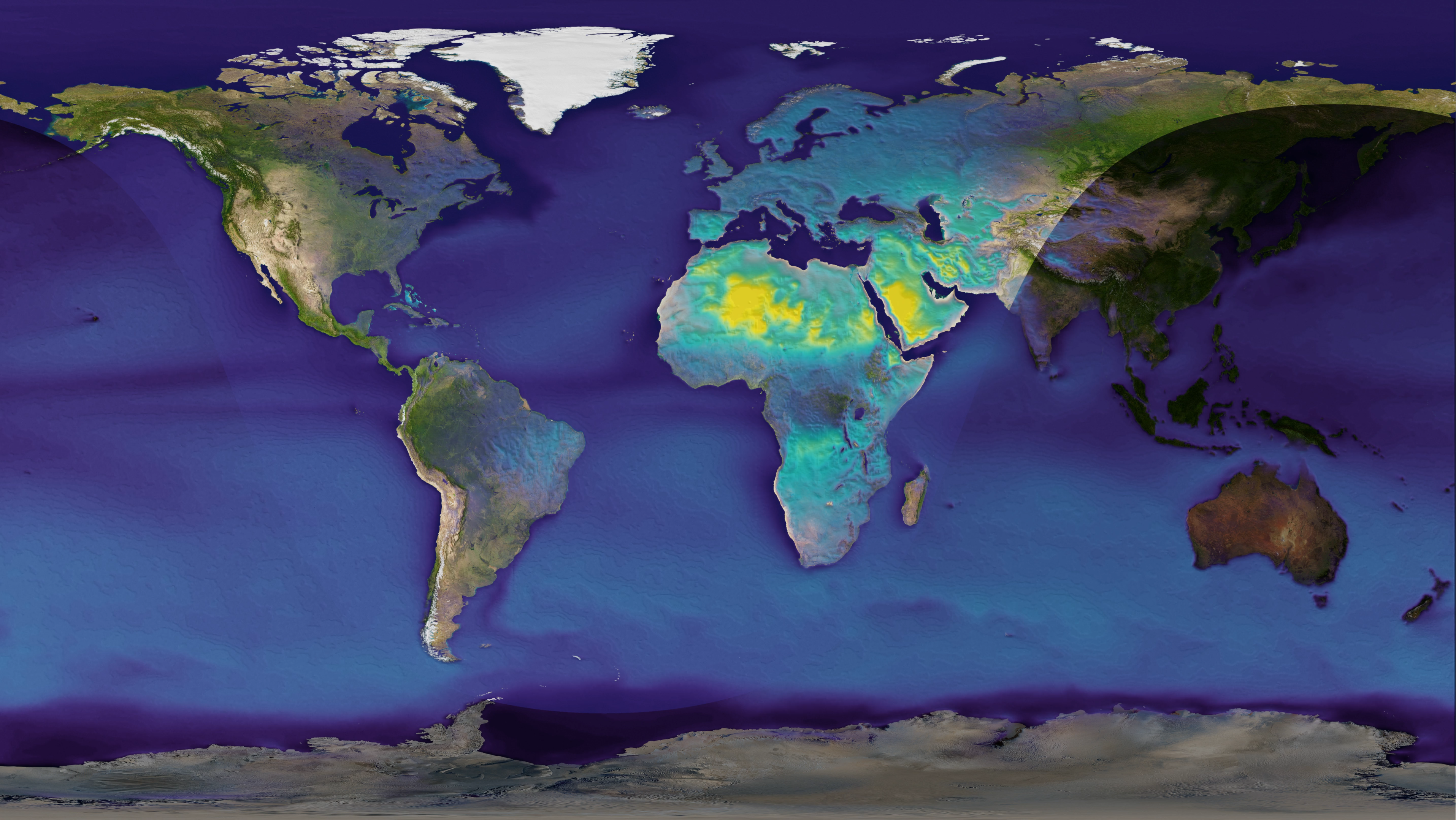
Planetary Boundary Layer (PBL) is the lowest part of the atmosphere which is directly influenced by the Earth’s surface. The top of the PBL often acts like a cap to trap air in the layers below thus having a major influence on atmospheric phenomenon like dispersion and concentration of pollutants (air quality), trade winds, cloud…
Read morePresent and Future Climate in a Global Model
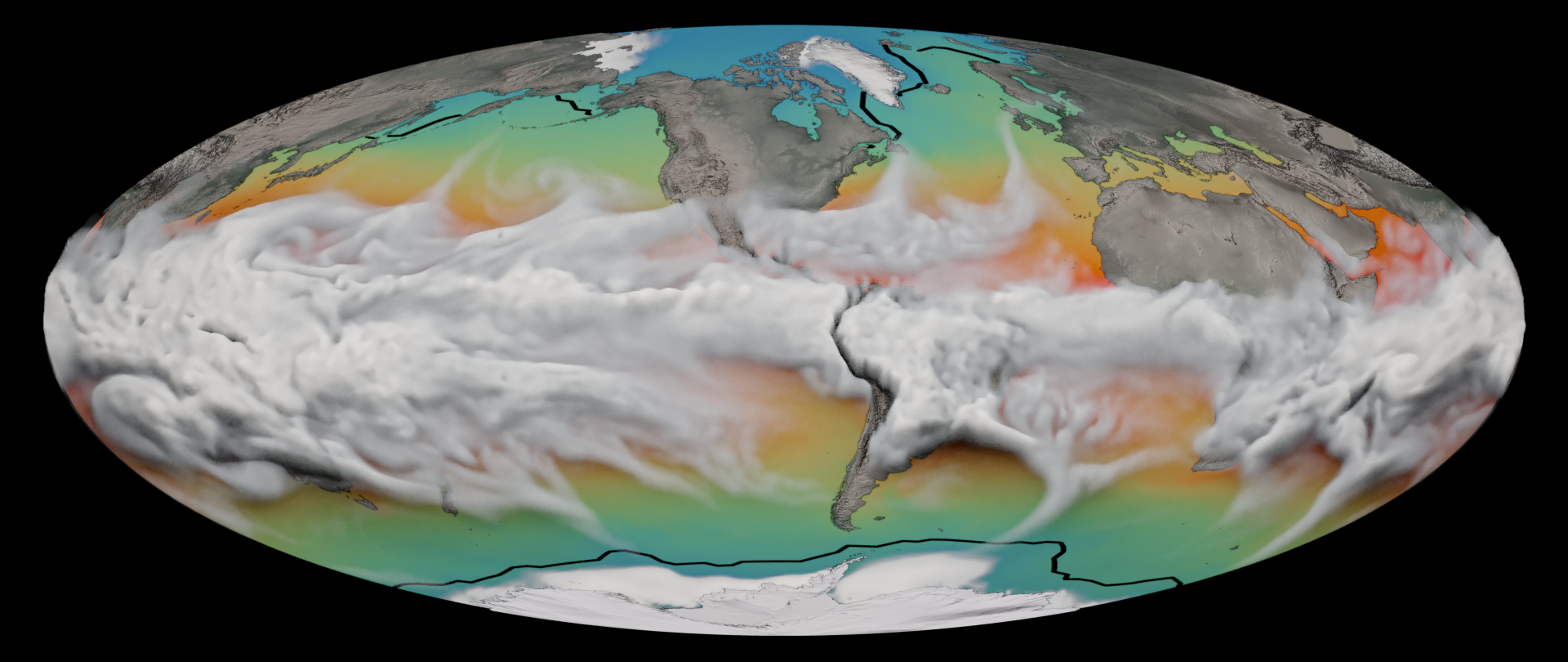
This visualization shows a CESM1 model comparison between a present day (1990) and a future (2090) simulation using a business-as-usual or high emissions scenario, called RCP8.5. Clouds represent six-hourly time steps of total water vapor for one year. Technically speaking, this is the CESM1 model variable, TMQ, defined as the total precipitable water (vertically integrated)…
Read moreAugmented and Virtual Reality
NCAR has implemented Augmented and Virtual Reality (AR/VR) technologies to help make NCAR science more engaging and accessible to a wider audience. We have developed mobile apps and tools that enable users to explore geoscience data from their mobile device, such as an iPhone, iPad, or an Android device. The apps are free and available…
Read moreDroplet Dynamics in Cloud Turbulence

The study of droplet dynamics is a crucial part of cloud physics and involves investigation of each and every droplet’s properties. It is difficult to carry out such investigations using field observations. Small scale simulation is one method to study such phenomena, and visualization of these processes provides a deep and quick understanding. This work…
Read moreClimate Change: Precipitation
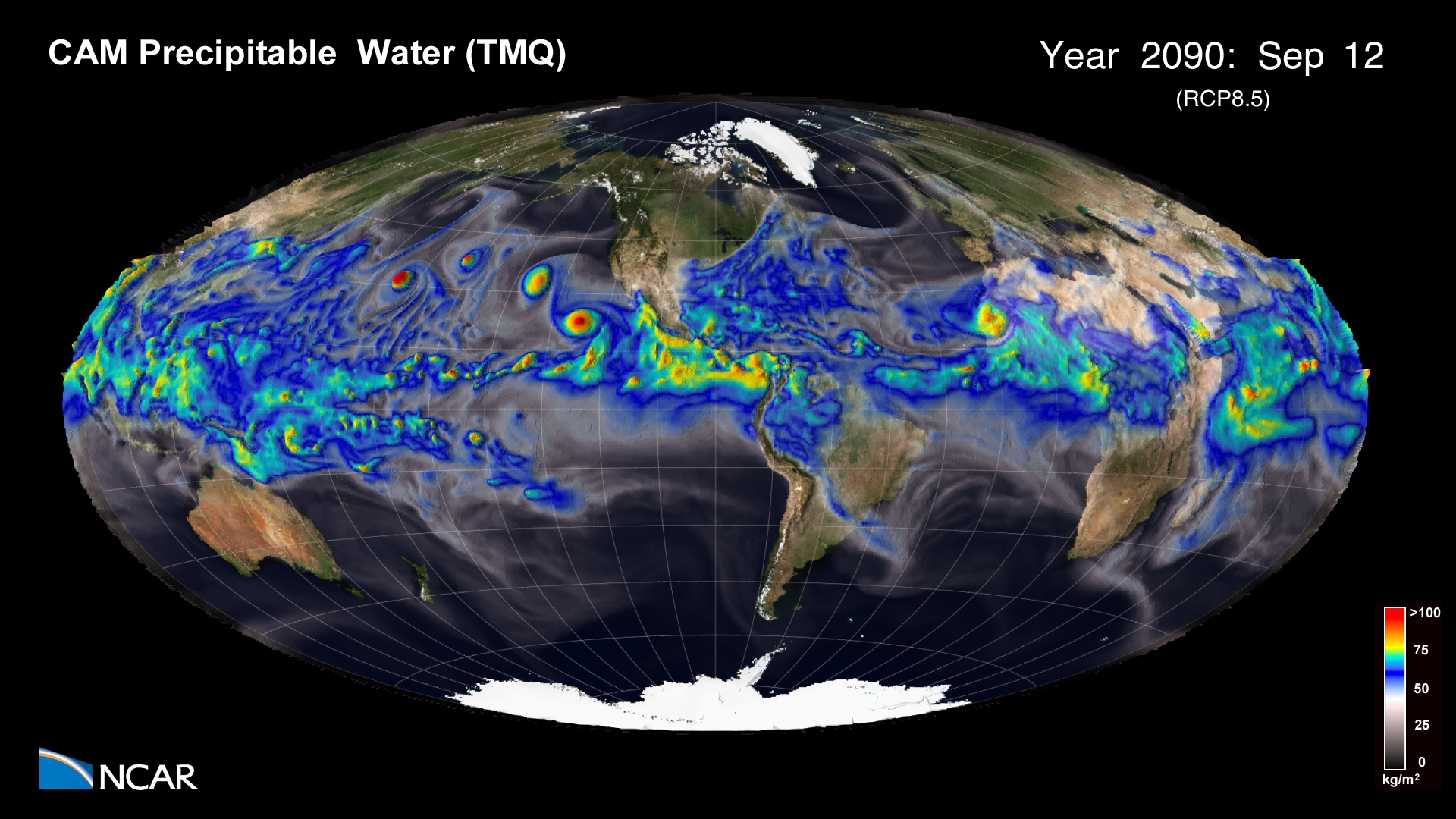
This simulation shows a comparison between present day (1990) and future (2090) precipitable water in the Earth’s atmosphere using an RCP8.5 emissions scenario. Movies Movie File (.mov, 1920×1080, 236MB) Images Science Credits This simulation was made possible because of the large number of individuals both from within NCAR and the many outside collaborators who have…
Read moreClimate Change: Temperature Anomalies

A comparison between present and future (RCP8.5) surface temperature anomalies. A 3-day smoothing has been applied to the output to dampen day to day variability. Movies Movie File (.mov, 118MB, 1920×1080) Images Computational Modeling Nan Rosenbloom and Gary Strand (NCAR/CGD) Visualization and Post-production Tim Scheitlin and Matt Rehme (NCAR/CISL) Model CESM Visualization Software NCAR Command…
Read moreNegative NAO Triggered by Stratospheric Sudden Warming
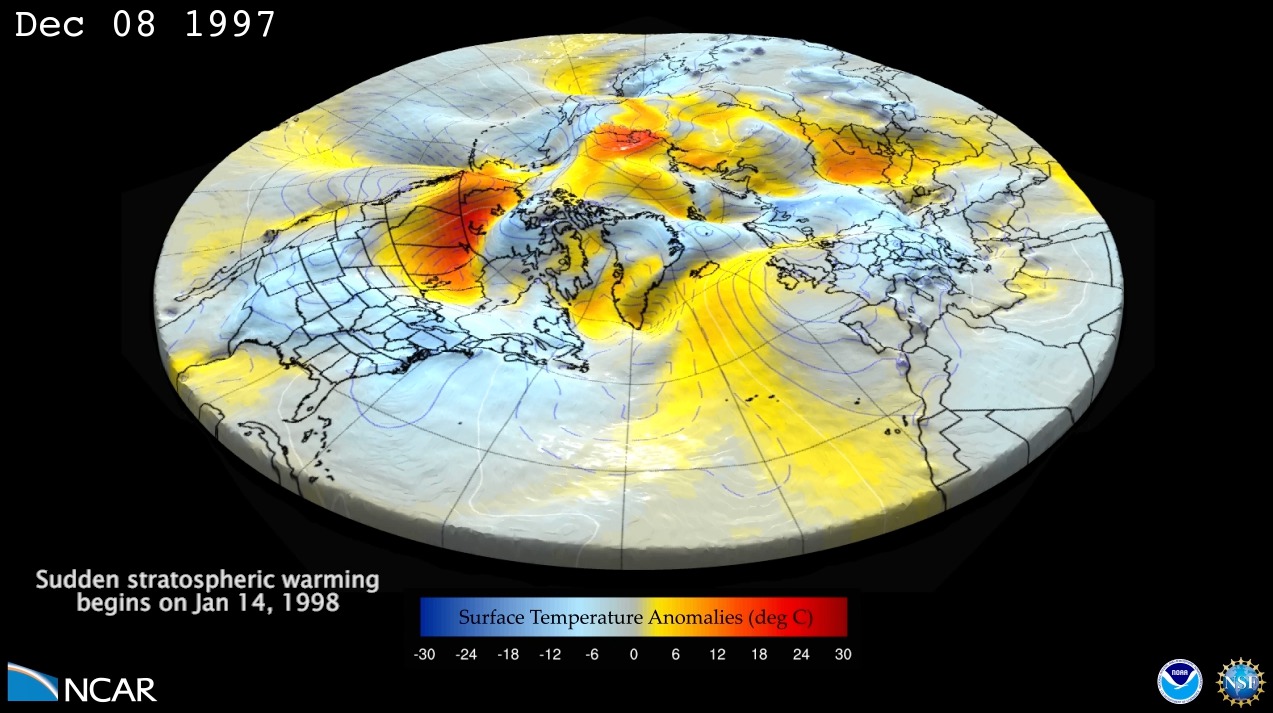
Seasonal forecast for winter of 1997/1998 with 46LCAM (Ensemble member with a sudden stratospheric warming). This is a 4 month forecast of surface geopotential height anomalies (shown with surface relief and contour lines) and surface temperature anomalies (shown with a color gradient). The forecast starts on Dec 1, 1997, and goes through the end of…
Read moreGlobal weather simulated by a cloud-resolving weather prediction model
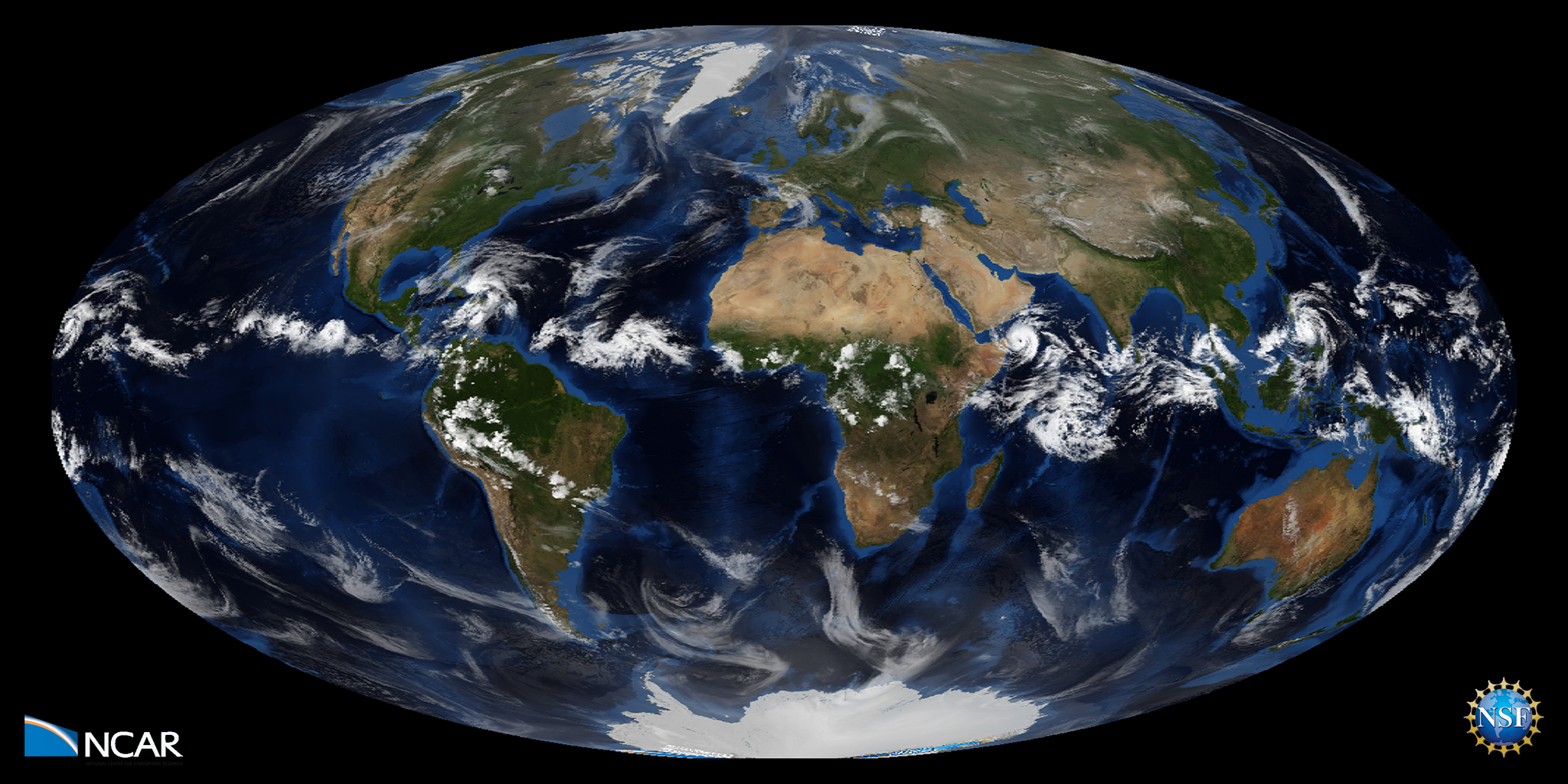
The global weather from 20 October – 4 November 2012, simulated by a cloud-resolving weather prediction model Model: MPAS – Variable: Outgoing Longwave Radiation Science: The complex evolution of multiscale cloud systems illustrates the myriad of weather phenomena that populate our atmosphere. Features of interest include the diurnal cycle of convection over central Africa and…
Read more
